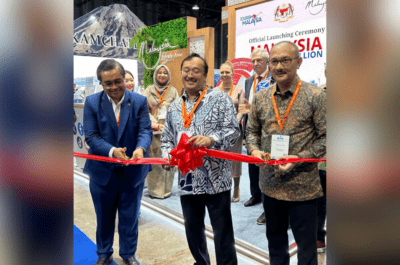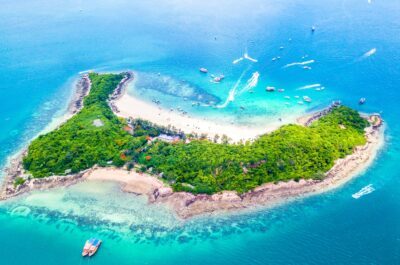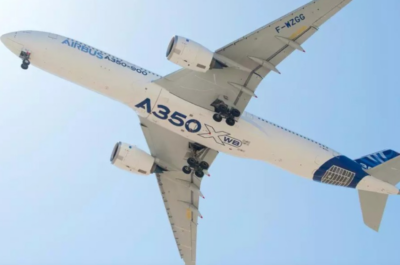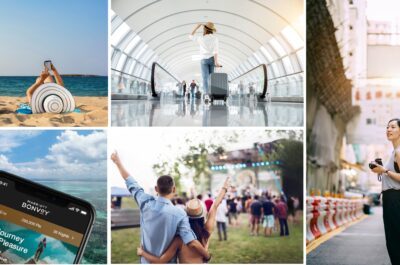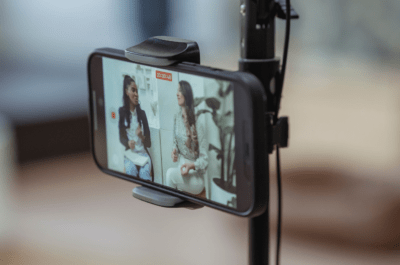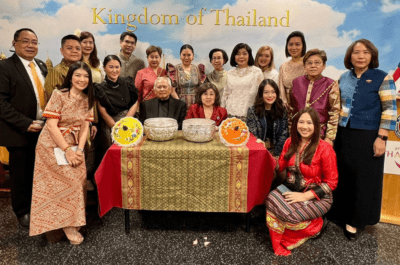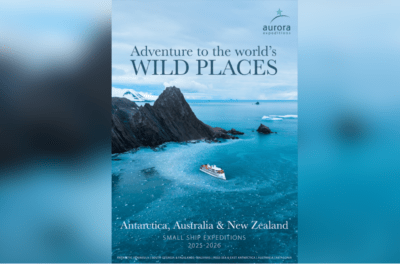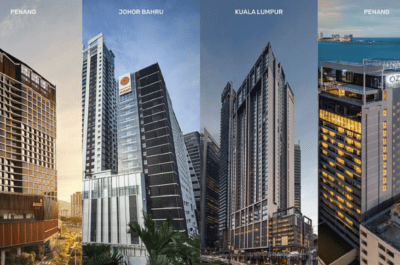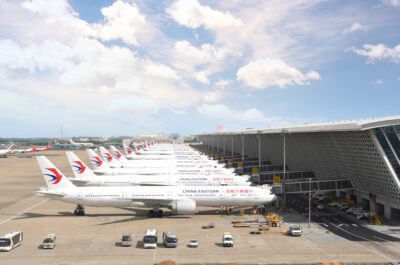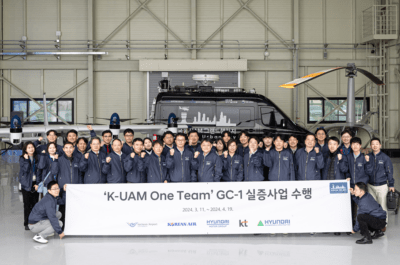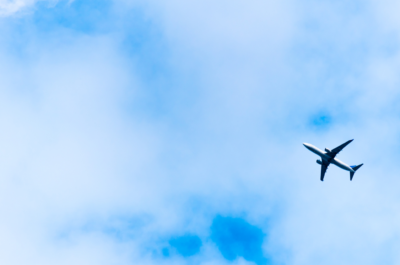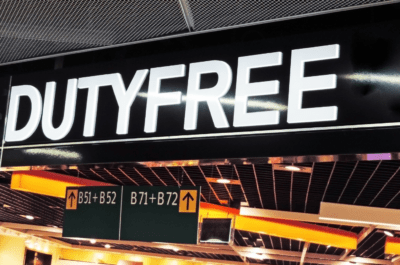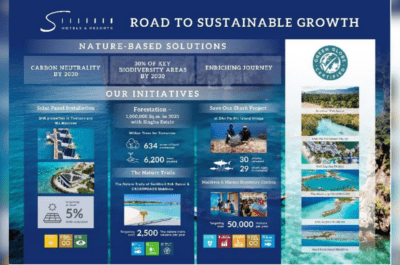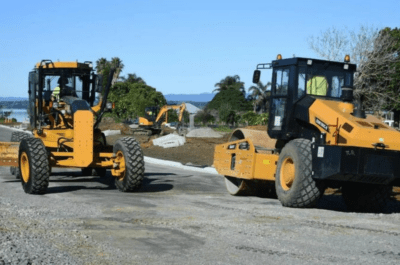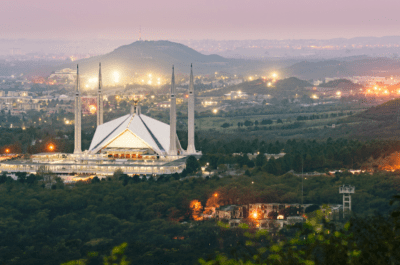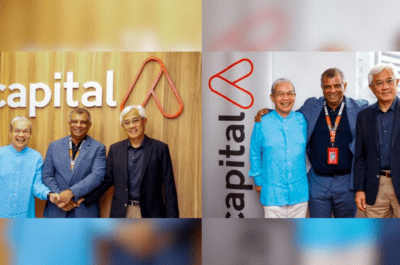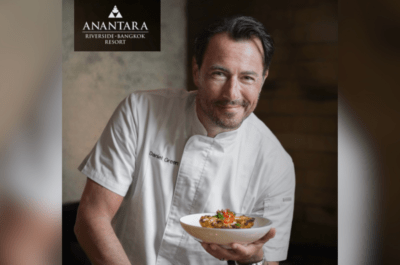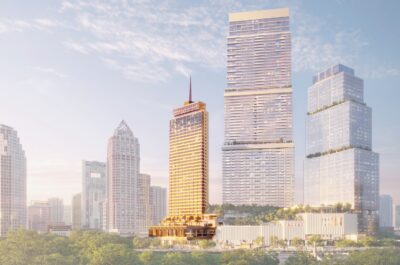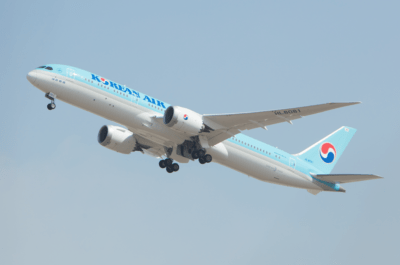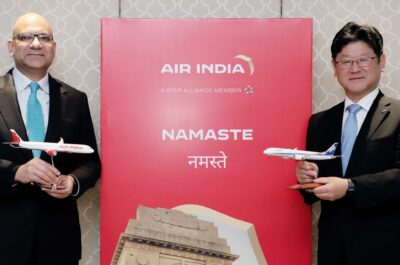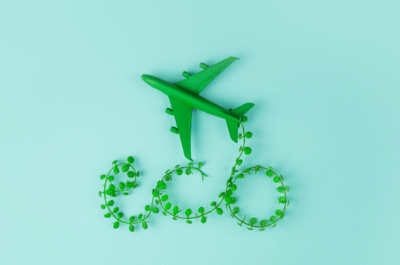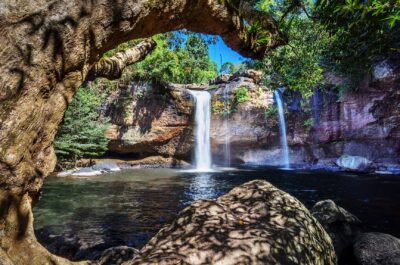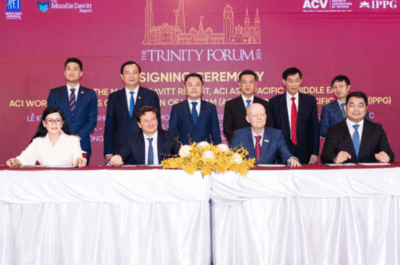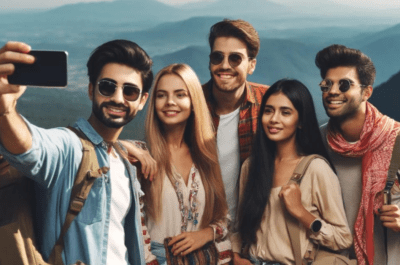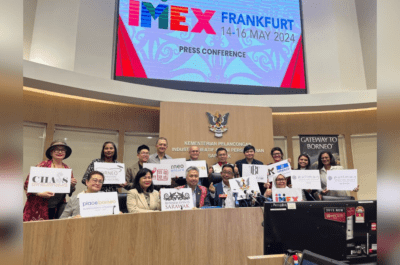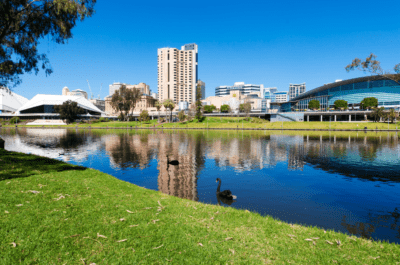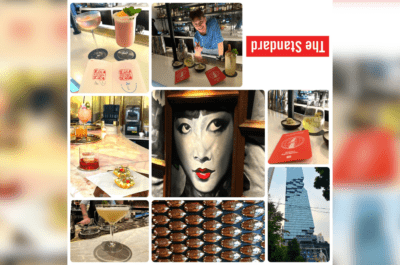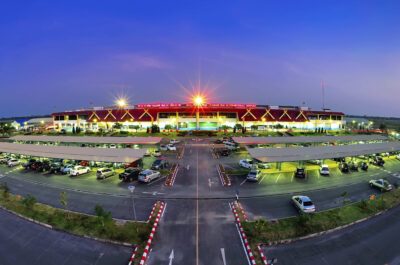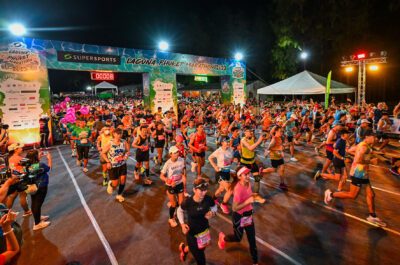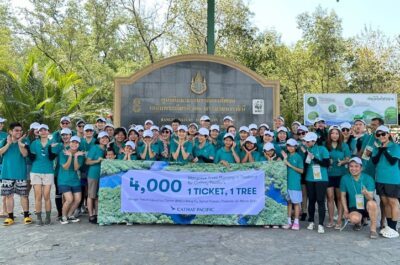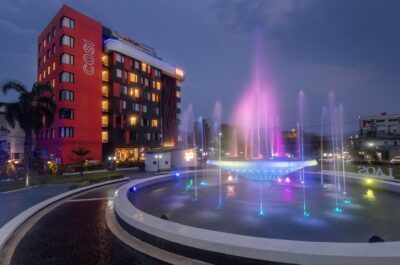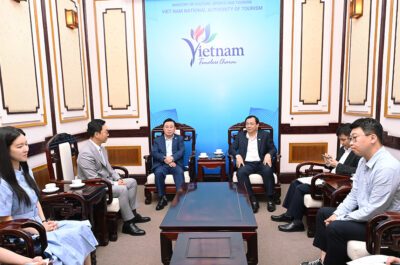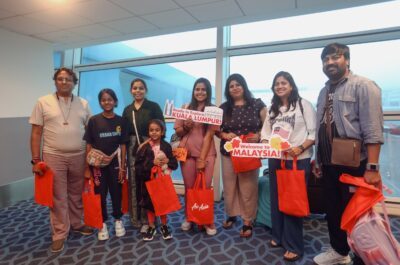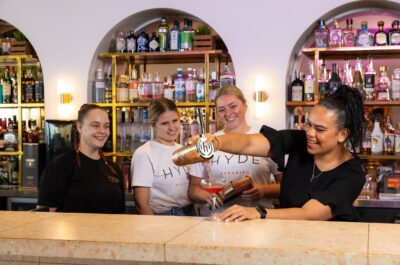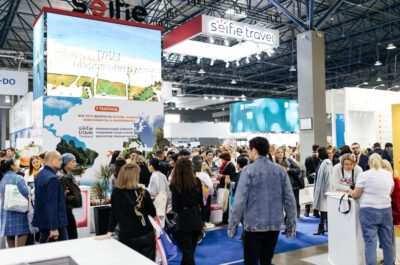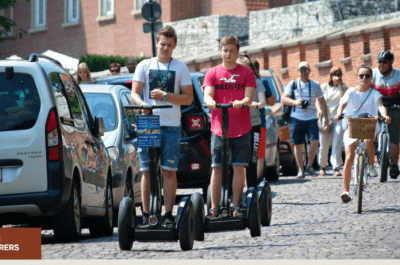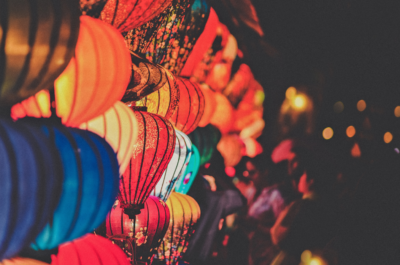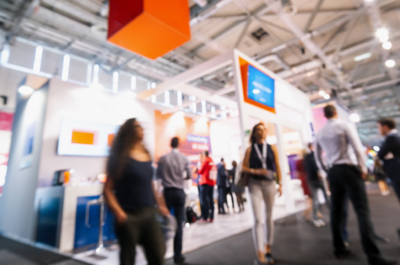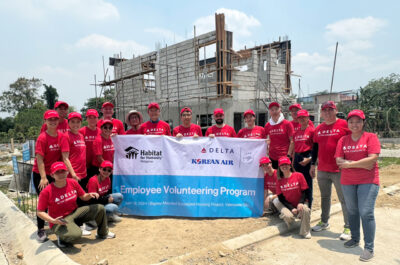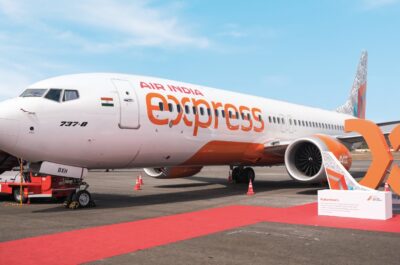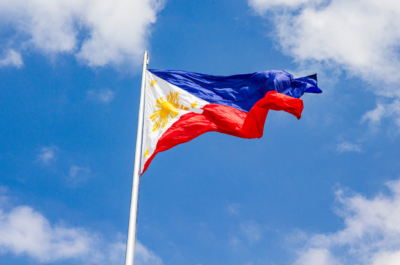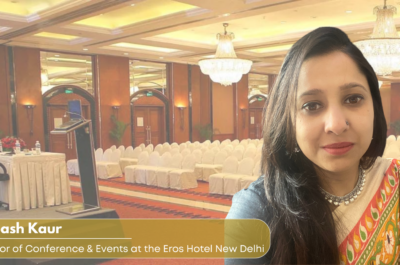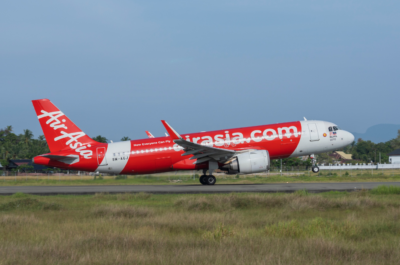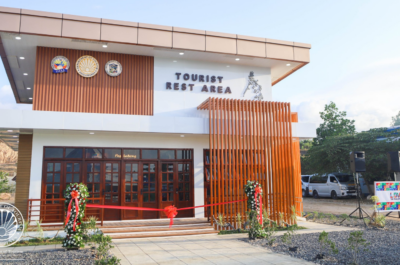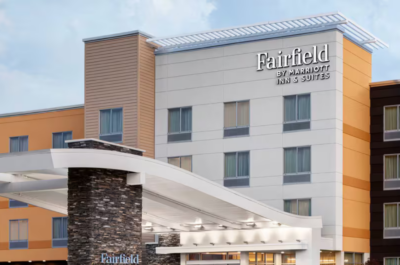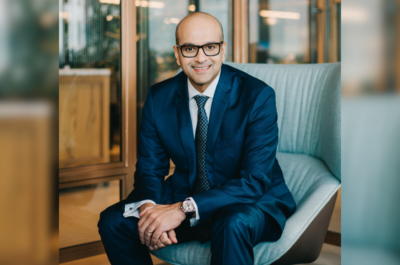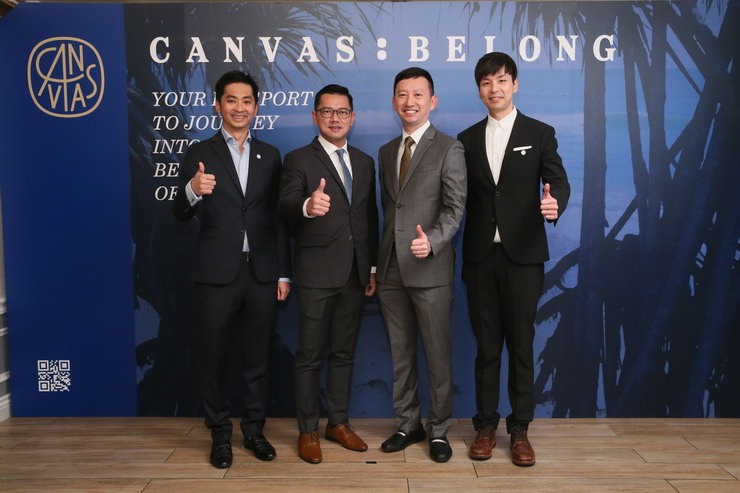
Canvas Belong gathers like-minded citizens to exchange original thought through curated experiences across the region.
HONG KONG — Canvas, a lifestyle brand created to connect people, ideas, experiences and destinations, unveils its innovative concept with the launch of its Asia-wide membership programme, Canvas Belong. Launched in Hong Kong on 23 January, Canvas Belong aims to gather global citizens seeking deeper experience and interactions, by offering an array of exclusive benefits to enhance unconventional living and travel experiences.
Under this programme Canvas members – also known as Citizens – will enjoy a range of benefits from exclusive stays at Canvas Place resorts in Bali and Hua Hin, curated cultural experiences across the region, to enriching ‘once-in-a-lifetime’ events with influential CEOs, entrepreneurs, designers, wellness and sports champions from around the world. Apart from being a passport to unique experiences and journeys, the Canvas Belong membership also offers Canvas Citizens one-to-one sessions with a life coach, followed by lifestyle offerings in dining and wellness across Hong Kong, Bangkok, Jakarta, Shanghai, and Singapore.
Curated experiences encompass exciting lifestyle events to connect with other Canvas Citizens across Hong Kong, Bangkok, Shanghai and Singapore. These experiences range from cocktails with Canvas founder Carl Gouw, one-on-one bespoke design by luxury jeweller Andrea Buccelatti in Hong Kong, insightful sharing by world’s leading architect Bryant Lu, and intimate lunches with Violet Lim of Lunch Actually. According to Canvas Founder Carl Gouw, “Canvas strives to be a multi-layered platform for global citizens to gather and connect through the common interest of creating meaningful experiences. Through exclusive, exceptional cultural initiatives, we hope to spread our vision to discerning creative individuals and travellers in Asia and worldwide.”
Joshua Ng, Co-Founder of Canvas Belong and Chief Operating Officer of Canvas, adds, “With Canvas Belong we strive to build cultural bridges and enable our Citizens to share their journeys with fellow members in different Asian cities. We hope to inspire Canvas Citizens and witness interaction between travellers and locals, and educate them on the importance of global issues and sustainability.”
Since its launch in December, Canvas has welcomed a growing number of ambassadors from the region as founding members of the brand. These include: Esther Sham, Founder of Maison Es; Dickson Yewn, Jeweller and Creative Director of YEWN; Bryant Lu, Vice Chair of Ronald Lu & Partners; James Chau, Journalist and United Nations Good Will Ambassador, and Ray Ng, Founder of Volar.
Following the launch in Hong Kong, the membership programme will open in Bangkok and Shanghai in February.
Theodore is the Co-Founder and Managing Editor of TravelDailyNews Media Network; his responsibilities include business development and planning for TravelDailyNews long-term opportunities.
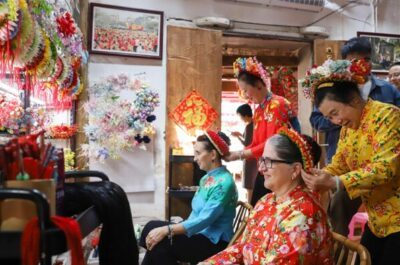
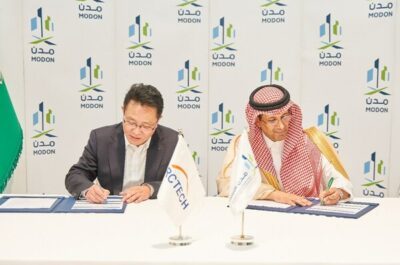
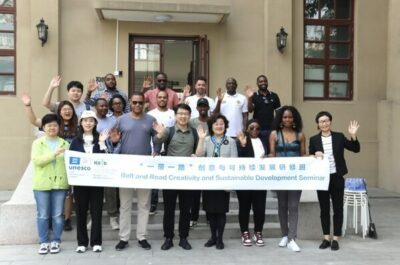
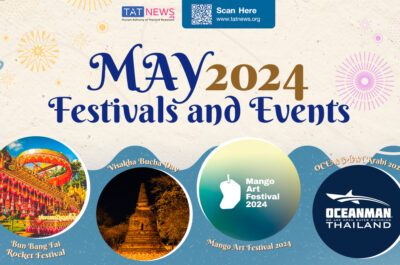

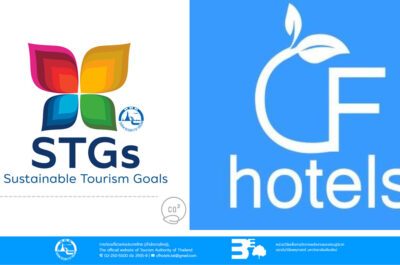
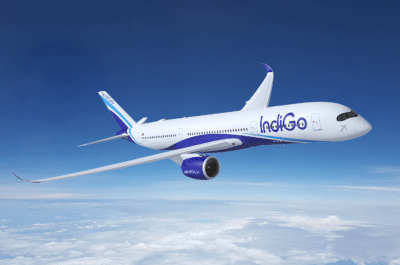

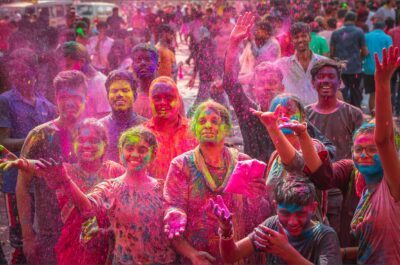
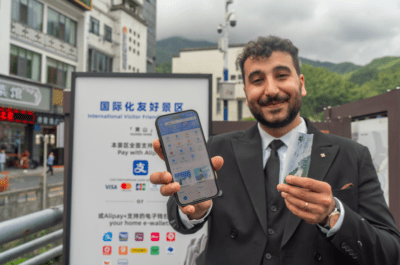






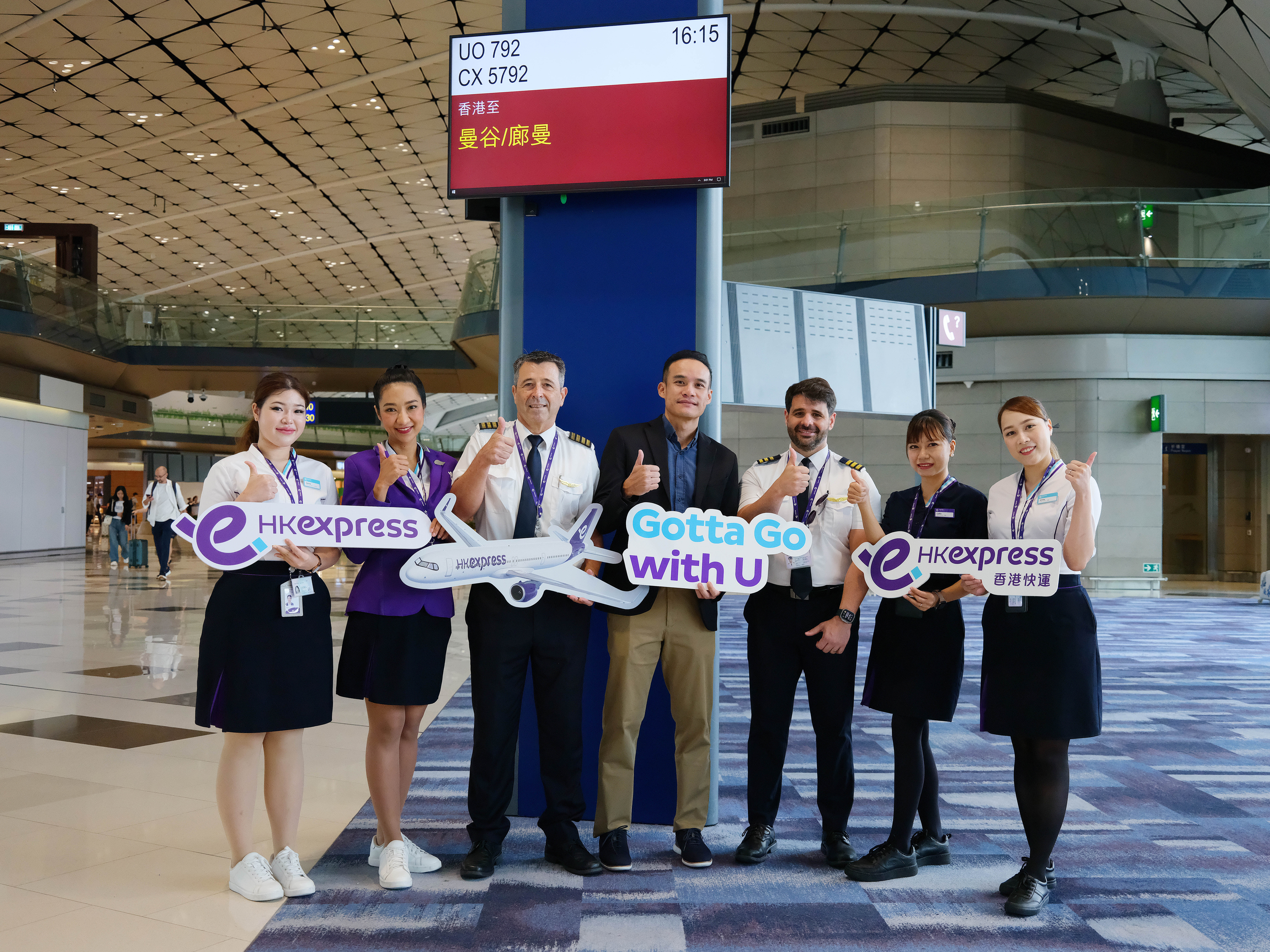
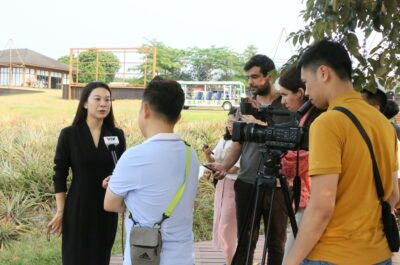
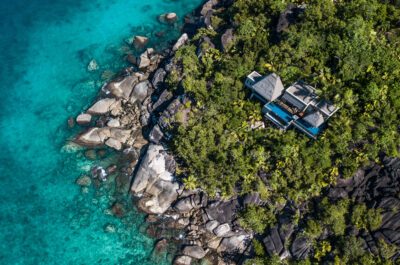
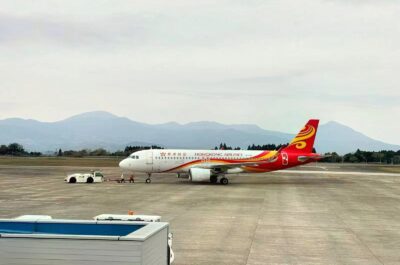
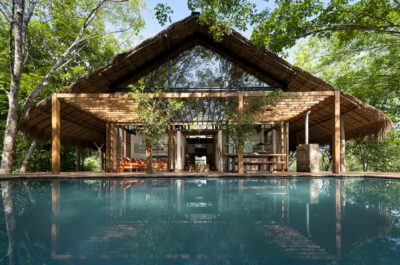

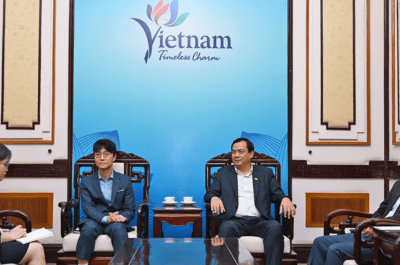
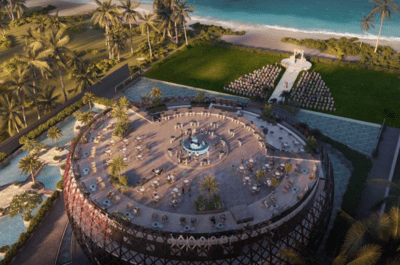
![[PR] PR_Ascott and Vimut Hospital_2024](https://www.traveldailynews.asia/wp-content/uploads/2024/04/PR-PR_Ascott-and-Vimut-Hospital_2024-400x265.jpg)
